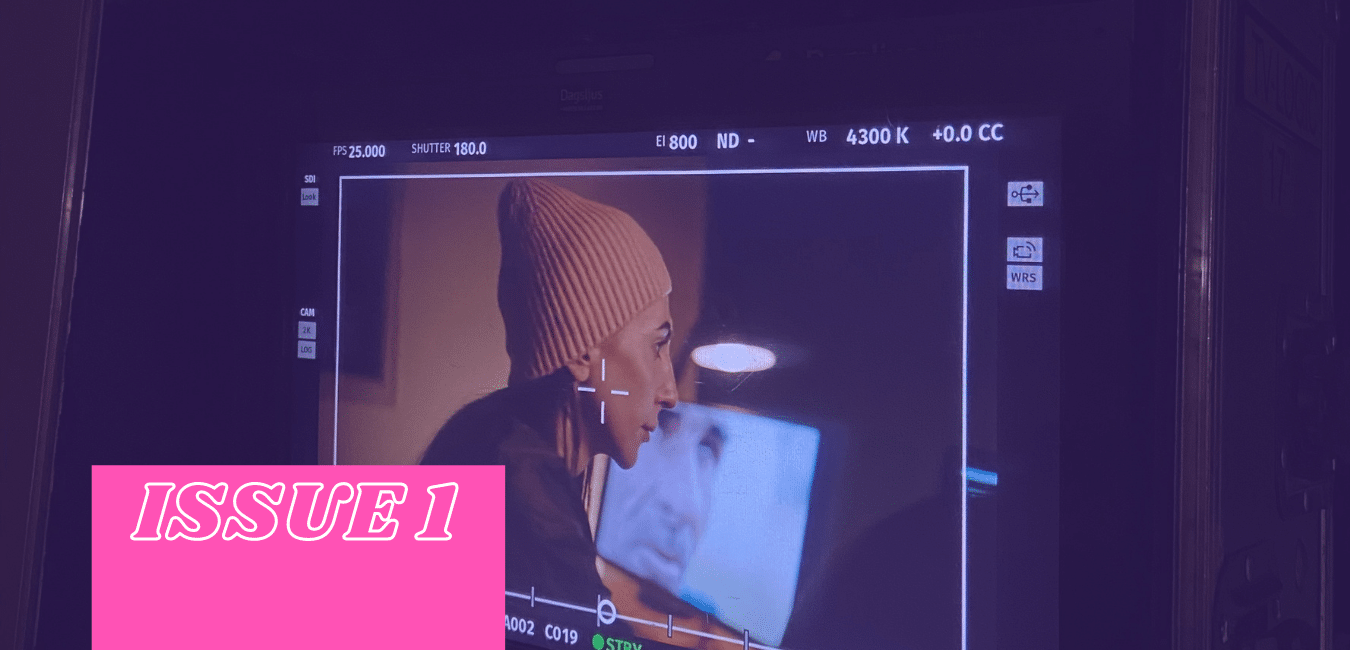The film and television industries’ diversity problem goes deeper than on-screen representation.
The words “representation”, “diversity” and “inclusion” have been somewhat of buzzwords as of late, especially when it comes to film and television. The recurring discussion point in the many discussions that are being held tend to focus on diversity on-screen. Whilst this is still an extremely important matter, we often fail to acknowledge that real life experiences matter in the portrayal of fictive ones. Historically though, it’s been but a small group of people, often white, cisgendered and male, that has been able to be at the forefront of most stories depicted. Subsequently, inadequate representation of queer and racialised stories has taken place. Due to the fact that the film-industry in particular has expressed a willingness to change some of the harmful norms that have transpired in the industry at the expense of the safety, wellbeing and wellness of racialised lgbtqia filmworkers and filmmakers, we’ve come up with a few examples of viable actions that can be implemented by the targeted-industries:
- An accessible and transparent recruitment process could be established as part of diversifying the film, television and media industries. This is relevant when it comes to the hiring process of talent behind and on-screen.
- The industry needs more effective methods to reach the talent where they are at – meaning that the authorities in power need to actively seek out and build professional and mentoring relationships with aspiring filmmakers, producers and filmworkers who reflect the progressively diverse audiences.

